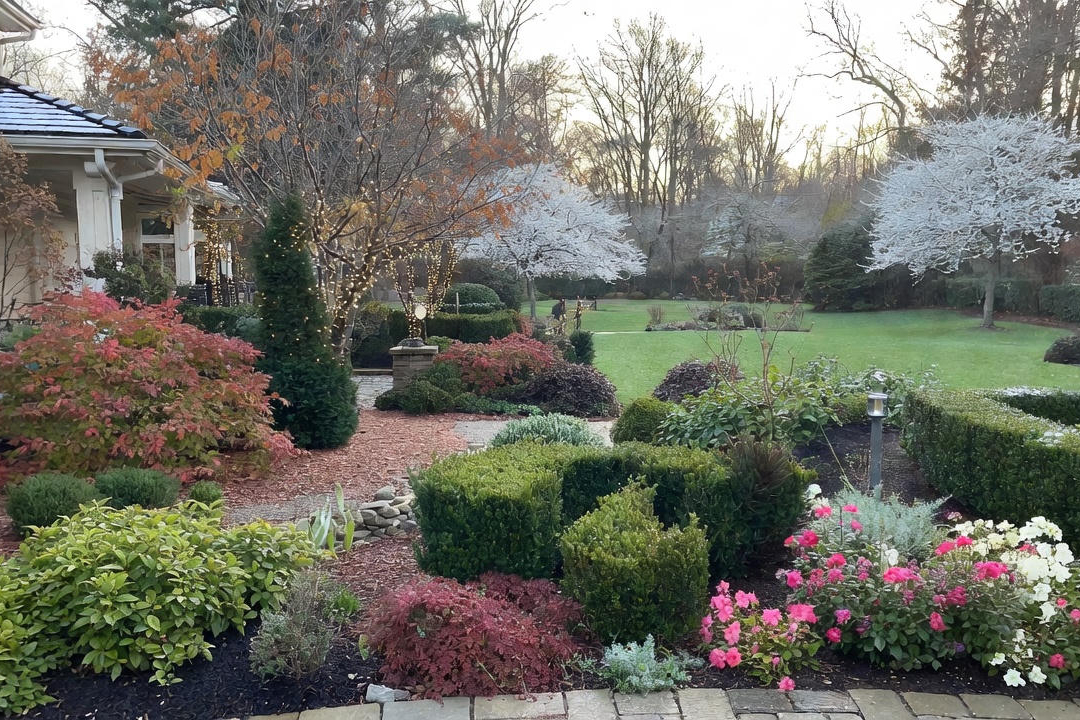
Self-watering pots are an excellent way to ensure that your indoor plants receive the proper amount of water, which is a convenient feature, especially for those who spend a lot of time away from home. Today we will show you some fantastic tips for using self-watering pots for your houseplants. So let's get into the technicalities!

1. Check for a Water Reservoir or a Wick System
Long story short, a water reservoir and a wick system are critical components of this course of action. They guarantee that your houseplants receive constant and sufficient watering. The water reservoir at the bottom of the pot acts as a backup supply of moisture for the plant, so it will have access to water even if you forget to water it for an extended period of time.
The wick system, on the other hand, allows the plant to collect water from the reservoir as needed, ensuring that the soil is never oversaturated or entirely dry.
2. Use the Right Soil Type
Although it may appear that they have nothing to do with one another, choosing the proper soil is crucial when it comes to self watering for potted plants. The soil should be well drained and light, because this is the safest way to keep the soil from becoming soggy and, among other things, will allow water to flow easily through the soil and reach the plant's roots.
3. Monitor the Water Level
One of the top tips for using self-watering pots for your houseplants that we can provide you today is to check the water level on a frequent basis.
Regularly checking the reservoir's water level also aids in preventing overwatering and underwatering, both of which may be detrimental to the plant's health. Overwatering can induce root rot, while underwatering can cause wilting and stunting.

4. Consider the Plant's Specific Needs
We cannot emphasize enough how crucial it is to initially become familiar with the plant you are caring for.
The thing is that every plant, just like a person, is different. Accordingly, some plants, such as succulents and cacti, like to dry out between waterings, while their tropical cousins, like to maintain constant humidity. That's why it is essential to investigate the watering needs of the specific plant you're growing and adapt the watering schedule accordingly.
5. Think About the Suitability of the Pot for the Plant
Yes, this is equally important, and at the same time one of the top tips for using self-watering pots for your houseplants. It is of great importance for your plant to place it in a container that will meet all of its needs.
If you want to decorate your home with succulents or cacti, for example, a self-watering container may not be the ideal choice because these beauties like to dry out between waterings.
The Takeaway
These were the top tips for using self-watering pots for your houseplants. Feel free to start using them right away. This is a tried-and-true method for ensuring that your plants get enough water and thrive in their self-watering pot.
Have questions? Let us know in the comment section below!
Also, have you tried our iScape app? Download it and see the final landscaping project before investing actual time and money.
-
Author's bio
Tony Manhart is the founder and editor in chief at Grower Today. Tony’s enthusiasm and rich experience in all things related to growing plants have led him to share his knowledge with gardening aficionados all over the world. When he is not working around his garden, Tony spends his time writing tips and tricks on various subjects related to plant cultivation and soil maintenance.





ds.jpg)
.jpg)
